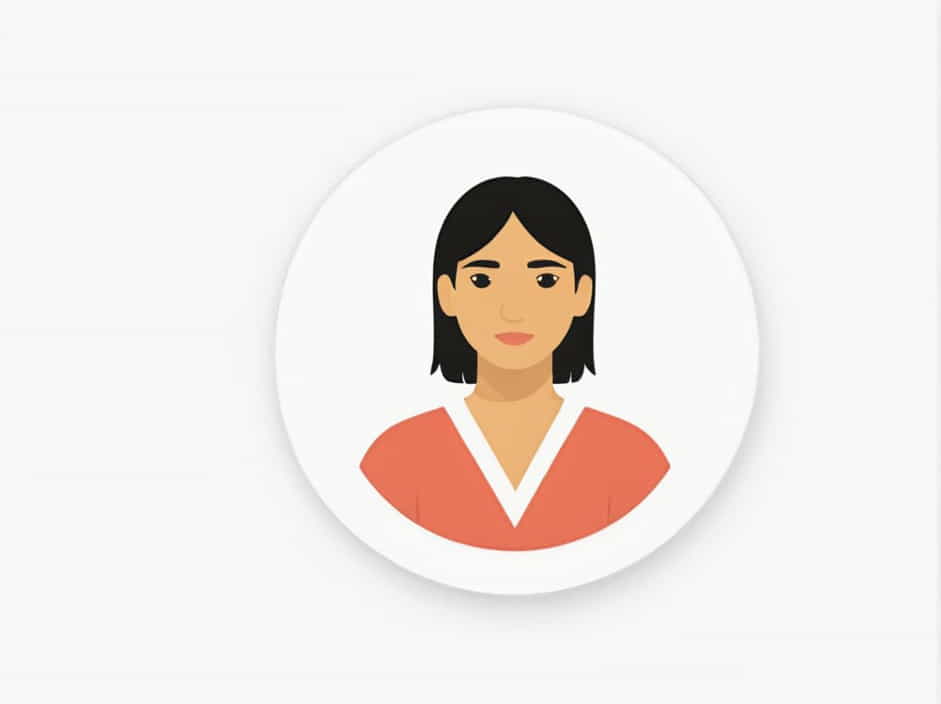Paraguay is home to a rich and diverse indigenous heritage, with multiple native groups that have lived in the region for centuries. Among them, the Guaraní people are the most well-known, but there are several other indigenous communities that play a vital role in the country’s cultural and historical identity.
Indigenous Paraguayans have faced challenges such as colonization, land displacement, and modernization, yet they continue to preserve their traditions, languages, and ways of life. This topic explores the history, culture, languages, traditions, and challenges of the indigenous peoples of Paraguay.
1. Indigenous Peoples of Paraguay
Paraguay has approximately 19 recognized indigenous groups, belonging to five main linguistic families:
- Guaraní (the largest and most influential)
- Maskoy
- Mataco-Mataguayo
- Zamuco
- Guaicurú
Some of the most well-known indigenous groups in Paraguay include:
A. The Guaraní People
The Guaraní are the most prominent indigenous group in Paraguay, with their language, Guaraní, being one of the country’s official languages. Many Paraguayans, regardless of ethnicity, speak Guaraní, reflecting its deep cultural influence.
B. The Ayoreo People
The Ayoreo are a nomadic group that has traditionally lived in the Gran Chaco region. Some Ayoreo still live in isolated communities, avoiding contact with modern society.
C. The Enxet and Sanapaná Peoples
These groups are part of the Maskoy linguistic family, primarily residing in the Chaco region. They have faced land disputes and challenges in maintaining their traditional lifestyles.
D. The Nivaclé and Manjui Peoples
Belonging to the Mataco-Mataguayo family, these indigenous groups have adapted to modern changes while preserving key aspects of their cultural heritage.
2. Indigenous Languages in Paraguay
Paraguay is unique in South America because Guaraní is spoken by the majority of the population. The country has a bilingual identity, with both Spanish and Guaraní being widely used in daily life, education, and government.
Other indigenous languages spoken in Paraguay include:
- Ayoreo
- Enxet
- Nivaclé
- Sanapaná
- Toba-Maskoy
Despite their cultural significance, many of these languages are endangered due to urbanization and the dominance of Spanish.
3. Traditional Customs and Way of Life
Indigenous peoples in Paraguay have maintained many of their traditional customs, which include:
A. Housing and Settlements
Many indigenous groups, especially in rural areas, live in communal settlements made of natural materials like wood, palm leaves, and clay. Some still practice semi-nomadic lifestyles, depending on hunting, fishing, and agriculture.
B. Spiritual Beliefs and Rituals
Indigenous spirituality is deeply connected to nature and ancestral spirits. Many groups believe in a creator deity and perform rituals to honor the earth, animals, and natural forces. Shamans or spiritual leaders play an important role in healing and guidance.
C. Art, Music, and Storytelling
Paraguay’s indigenous groups have a rich tradition of oral storytelling, where myths and legends are passed down through generations.
- Handicrafts such as baskets, ceramics, and woven textiles are important in cultural expression.
- Music and dance are used for celebrations, ceremonies, and social gatherings.
D. Traditional Diet and Agriculture
Many indigenous communities rely on subsistence farming, fishing, and hunting. Staples in their diet include:
- Cassava (mandioca)
- Corn
- Wild fruits and nuts
- Fish and small game animals
4. Challenges Facing Indigenous Paraguayans
Despite their rich cultural heritage, indigenous peoples in Paraguay face numerous challenges:
A. Land Disputes and Loss of Territory
Many indigenous groups have been displaced from their ancestral lands due to deforestation, cattle ranching, and urban expansion. This has led to conflicts with landowners and corporations.
B. Economic and Social Marginalization
Indigenous Paraguayans often experience poverty, unemployment, and lack of access to education and healthcare. Many struggle to integrate into mainstream society while preserving their traditions.
C. Language and Cultural Erosion
As Spanish becomes more dominant, many indigenous languages are at risk of extinction. Younger generations are increasingly shifting to Spanish for economic and social reasons.
D. Climate Change and Environmental Issues
Deforestation and climate change are threatening traditional ways of life, especially for groups that depend on natural resources for survival.
5. Efforts to Preserve Indigenous Culture and Rights
Despite these challenges, there are ongoing efforts to protect and support indigenous communities in Paraguay:
A. Legal Recognition and Land Rights
The Paraguayan government has recognized indigenous land rights, but enforcement remains weak. Non-governmental organizations (NGOs) are working to help indigenous groups secure legal land ownership.
B. Language and Cultural Revitalization
Educational programs and cultural initiatives aim to promote indigenous languages and traditions. Some schools offer bilingual education in Spanish and Guaraní.
C. Indigenous Representation in Government
Efforts are being made to increase indigenous representation in politics to ensure their voices are heard in national decision-making.
The indigenous peoples of Paraguay have a rich and diverse cultural heritage that has shaped the nation’s identity. While they face significant challenges, efforts to preserve their languages, traditions, and rights continue to grow. Recognizing and respecting the contributions of indigenous communities is essential to ensuring their survival and integration into modern society without losing their unique cultural identity.
